After a long and scenic drive through the northern Yukon we finally made it to the Alaska border. This was an exciting moment for us since Alaska was always on out bucket list.
Enlarge
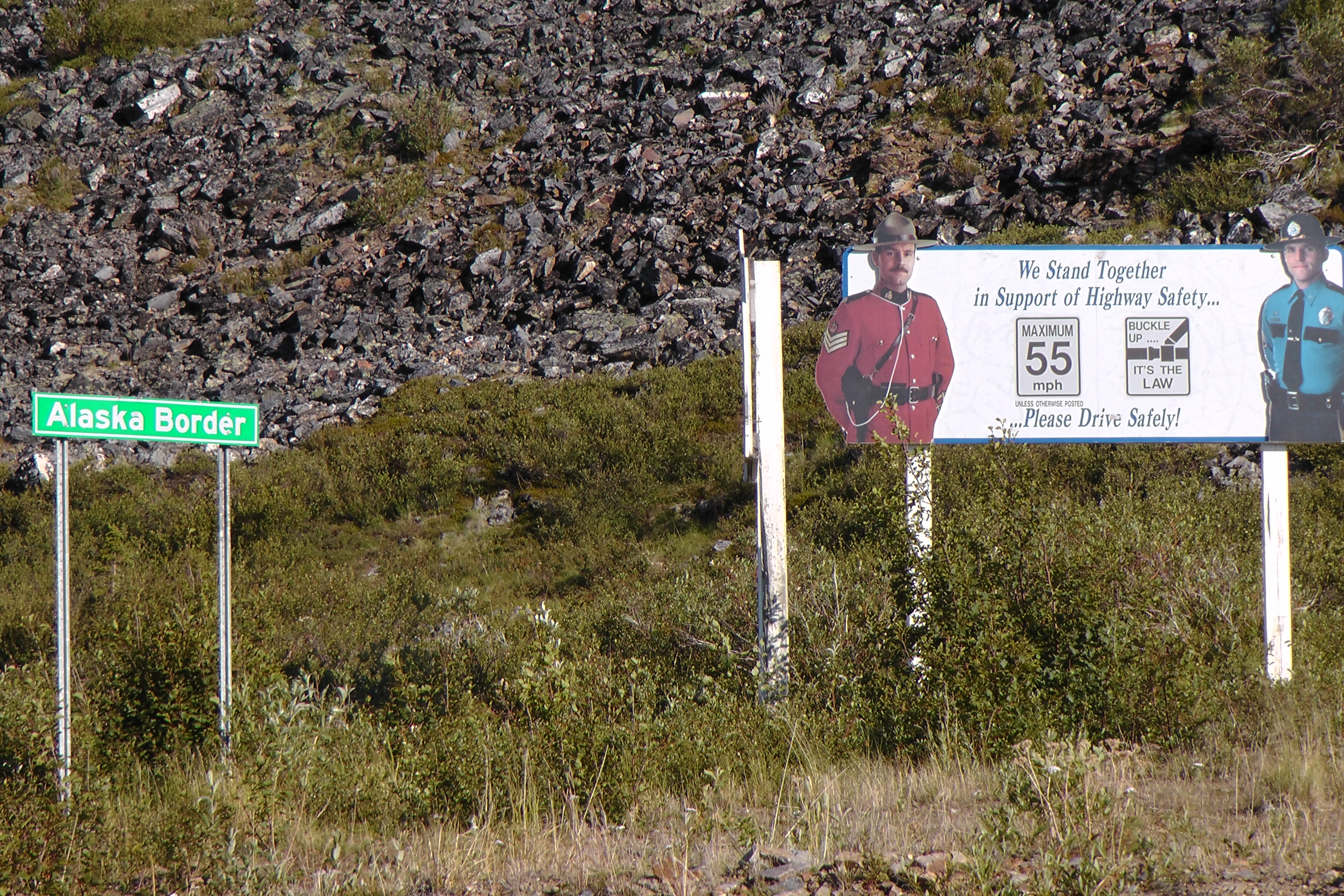
Adventurouspirits
We were warned about the weather.
Enlarge
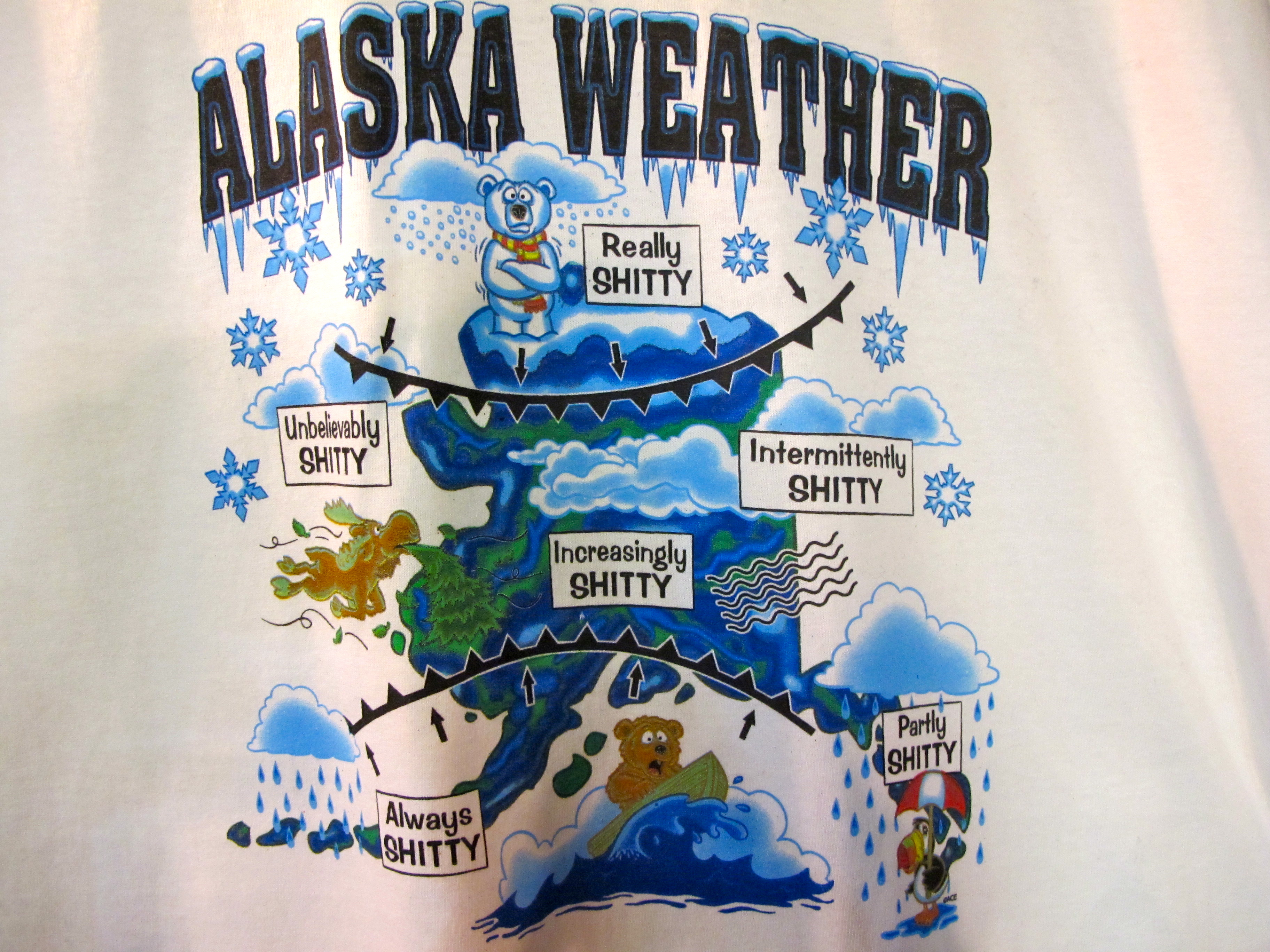
Adventurouspirits
Lying on the outskirts of Fairbanks is the borough of The North Pole. It is a where Christmas happens all year round. Janet decided that this Polar Bear was a friendly one.
Enlarge

Adventurouspirits
Fairbanks is a picturesque city which boasts some unusual architecture.
Enlarge

Adventurouspirits
Even direct to Rio is a helluva long way.
Enlarge

Adventurouspirits
The museum in Fairbanks is incredible.
Enlarge

Adventurouspirits
Alaska was a great deal for the USA.
Enlarge

Adventurouspirits
Aren’t these incredible?
Enlarge

Adventurouspirits
We needed some repairs made to our vehicle, an accommodating roadside crew was happy to help out. Living way up north in an hostile land teaches everyone the value of lending a hand.
Enlarge

Adventurouspirits
Alaska’s economy is dependent on the oil exported from the North Slope via the Alaskan pipeline. Having worked in the oil industry I had heard much about this engineering marvel and was excited about seeing it first hand. Unlike other pipelines this one is not buried since it is carrying hot oil which would severely damage the permafrost. Therefore it is raised about 8 feet off the ground and has heat dispersing vanes to cool the oil as it travels.
Enlarge

Adventurouspirits
The last time we crossed the Arctic Circle together was in Norway in 1974.
Enlarge
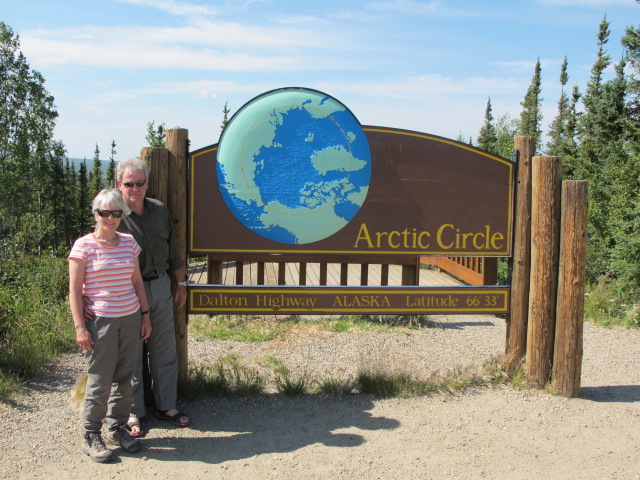
The road to Prudhoe Bay and the Alaska Pipeline stretch on into the distant horizon.
Enlarge
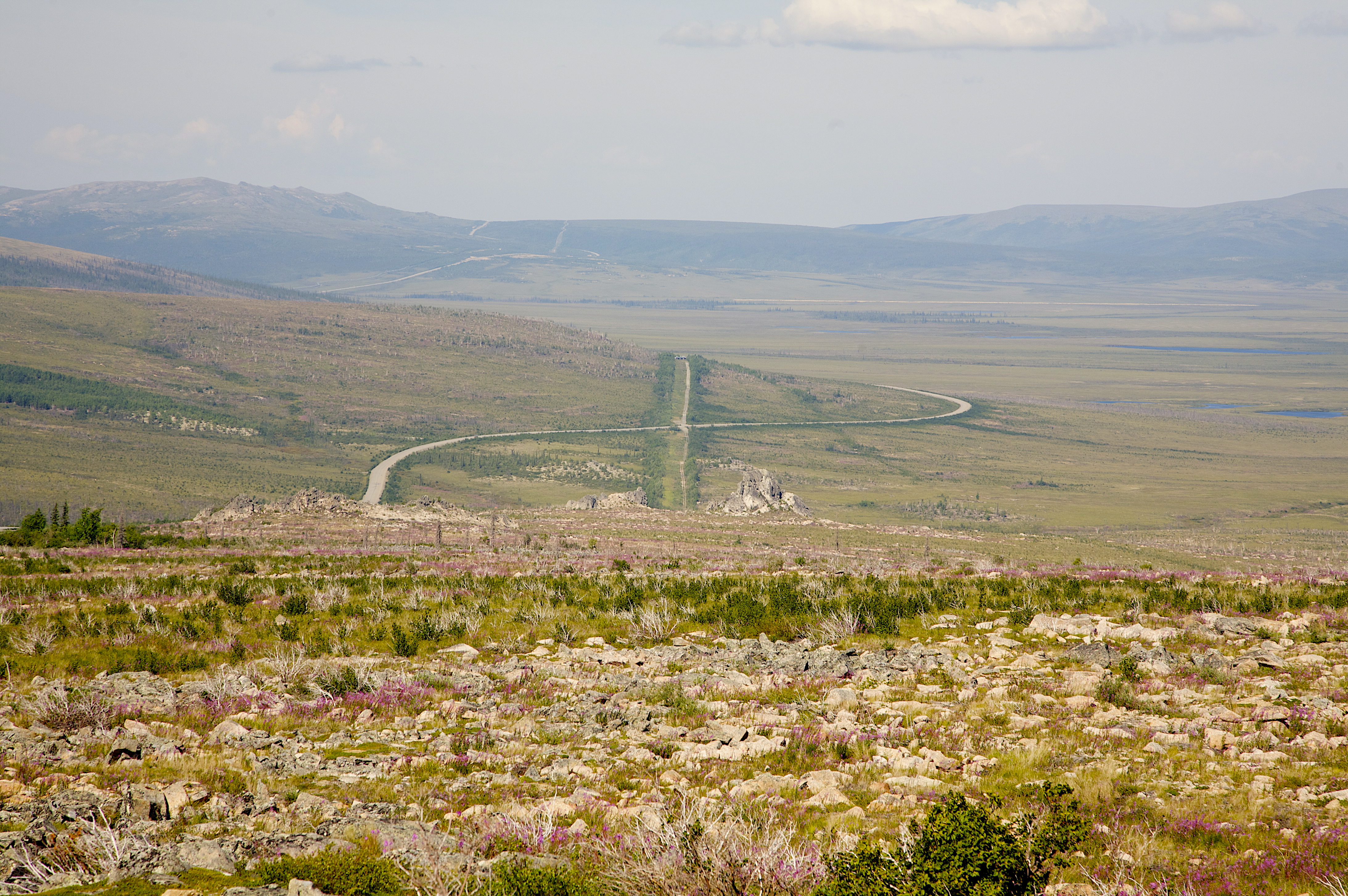
Adventurouspirits
The Dalton Highway was built in 1974 specifically to support the pipeline it was only opened to the public in 1981. It is considered one of the toughest roads in the world to drive and it is recommended that you include ‘survival gear’ in you travel kit.
Enlarge
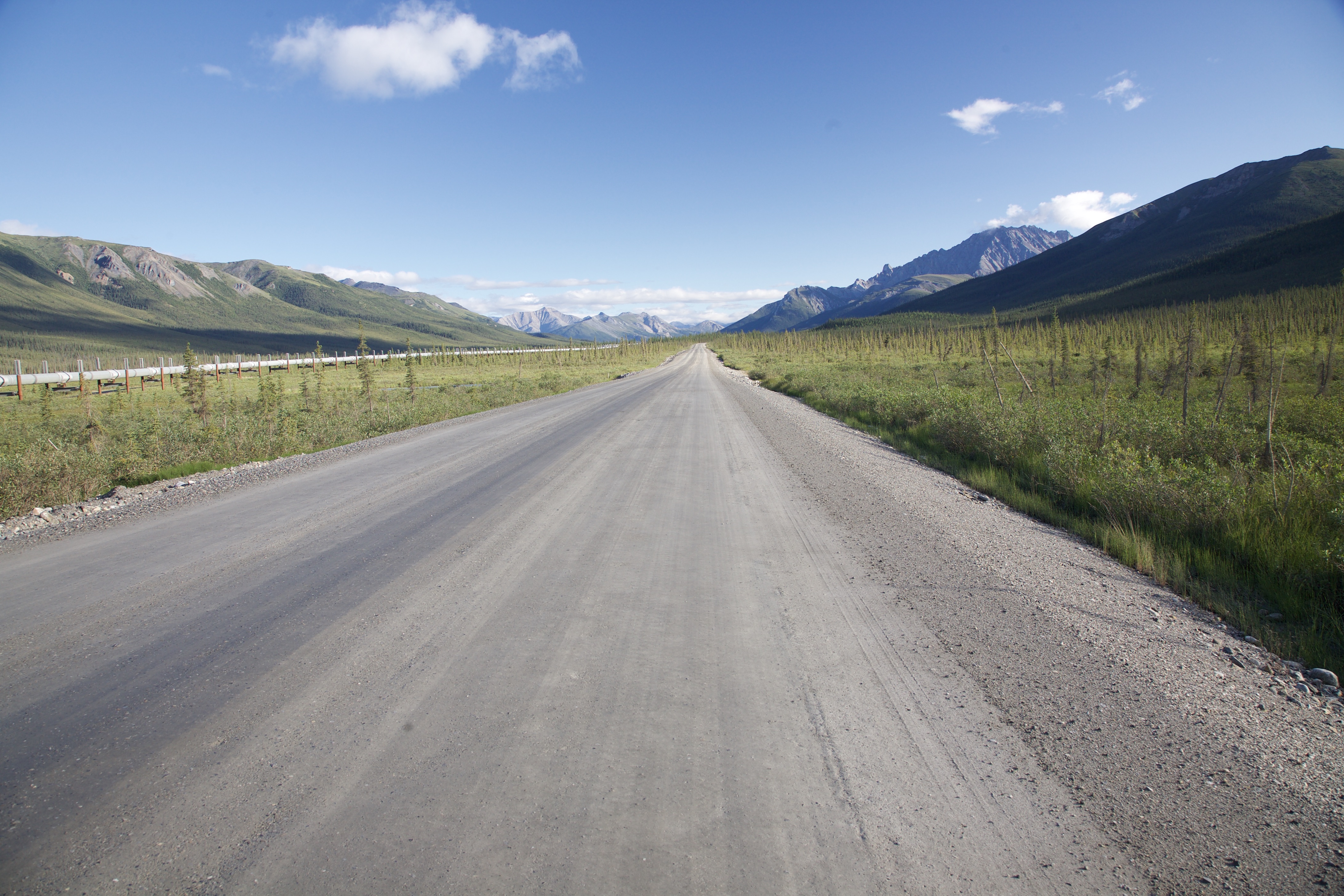
Adventurouspirits
The impressive Brooks Range is passable via Atigun Pass, a remote and scenic road which requires your full attention.
Enlarge
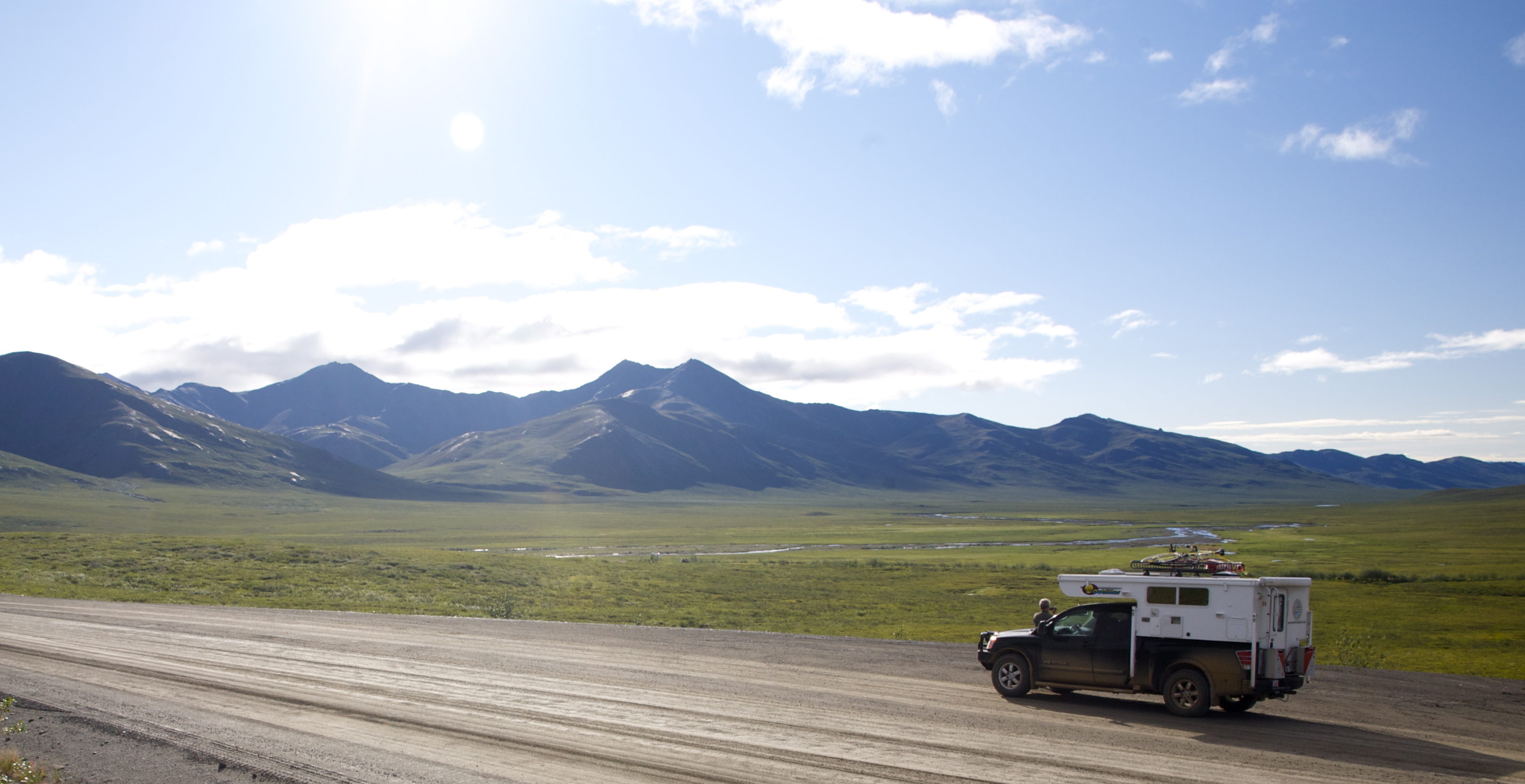
Adventurouspirits
Our camper is now initiated with Dalton Highway grit , a great honour!
Enlarge
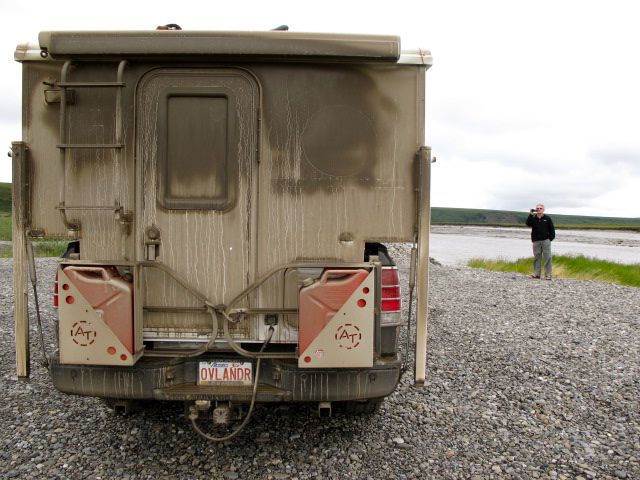
Adventurouspirits
After two long days since leaving Fairbanks we make it to Deadhorse, the most northerly drivable hamlet on the North American continent
Enlarge

Adventurouspirits
Camping facilities are sparse but adequate in the far north
Enlarge

Adventurouspirits
Exiting the lodge there is a reminder to be always vigilant.
Enlarge
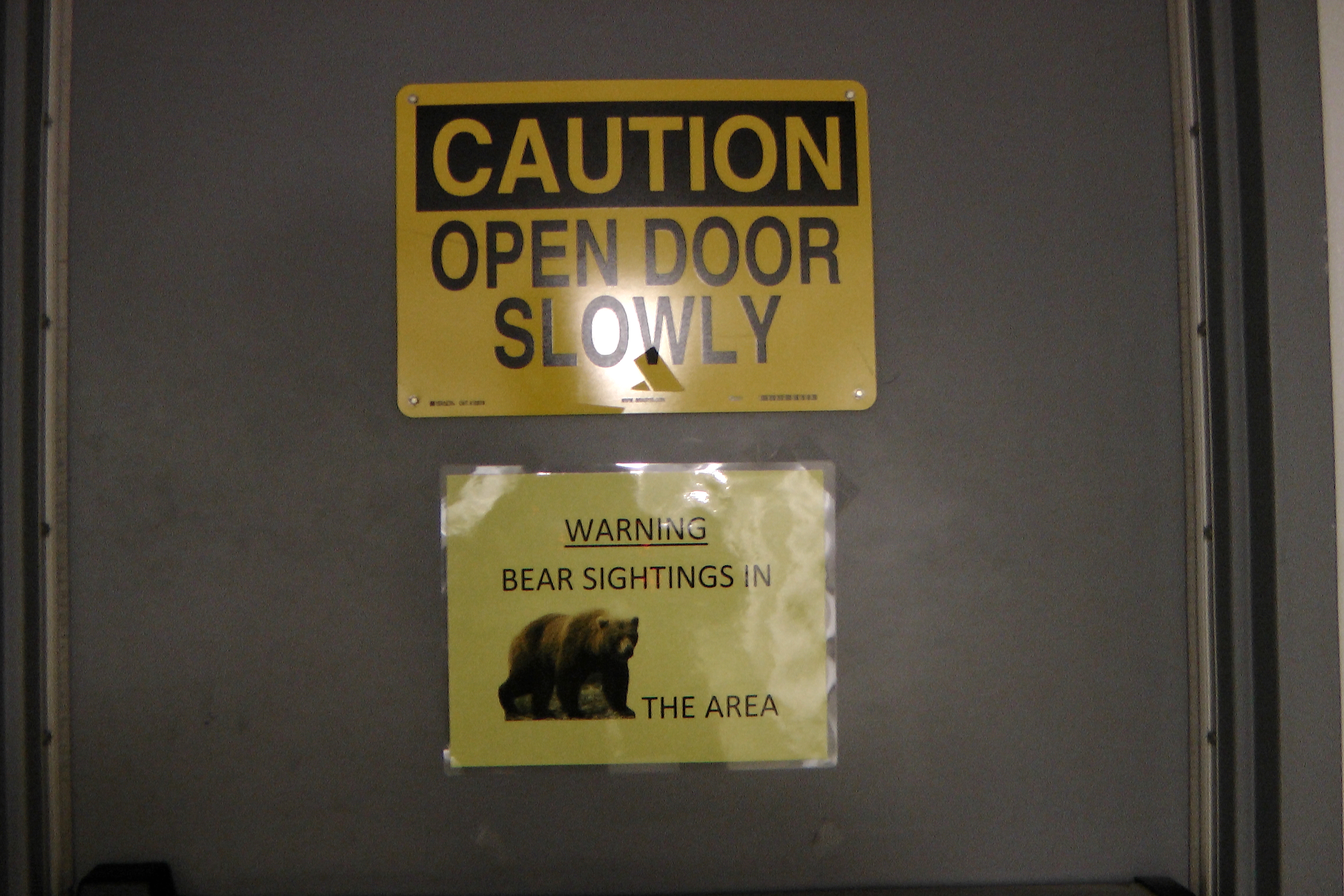
Adventurouspirits
If you want to see the oil operations you have to take a tour, which is very informative. I highly recommend it.
Enlarge

Adventurouspirits
Local wildlife wander unconcerned among the oil facilities.
Enlarge

Adventurouspirits
The tour terminated at the Arctic Ocean. This is where our Alaska to Argentina journey really begins. We pick up a pebble from the beach which we will leave in Ushuaia Argentina, our destination some 60000kms of travel ahead.
Enlarge

Adventurouspirits
There is 24 hour daylight this far north.
Enlarge

Adventurouspirits
This Moose knows that we intend it no harm.
Enlarge

Adventurouspirits
We head south for Anchorage, on route we stop at the Denali Nature Reserve to see Mt. Denali. However North America’s highest peak is hidden behind the clouds which apparently is quite common. We do see some of the famous Alaskan recluses en route and how they live.
Enlarge
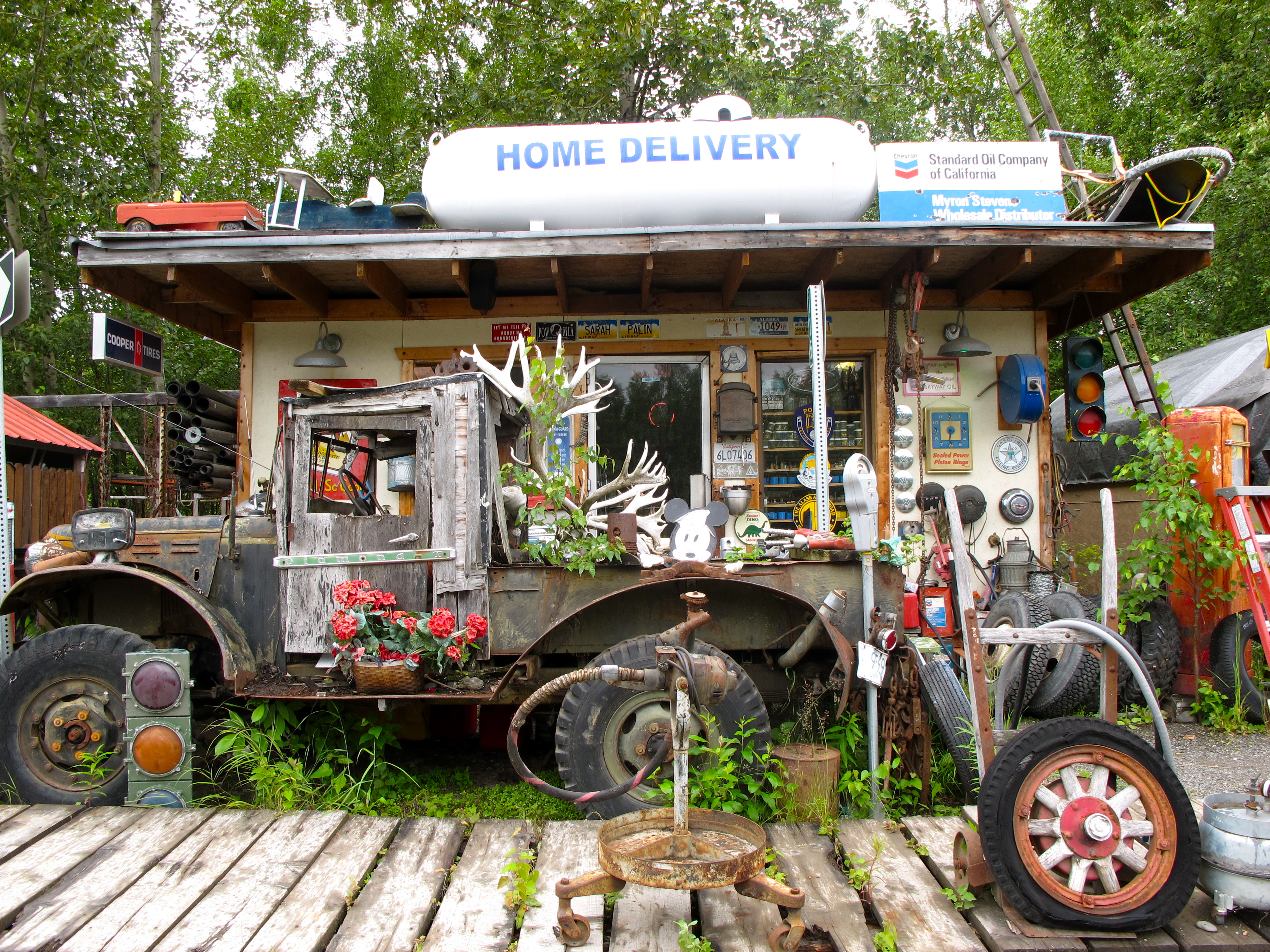
Adventurouspirits
In the vicinity of Anchorage we manage to see some of Alaska’s iconic wildlife.
Enlarge

Adventurouspirits
Enlarge
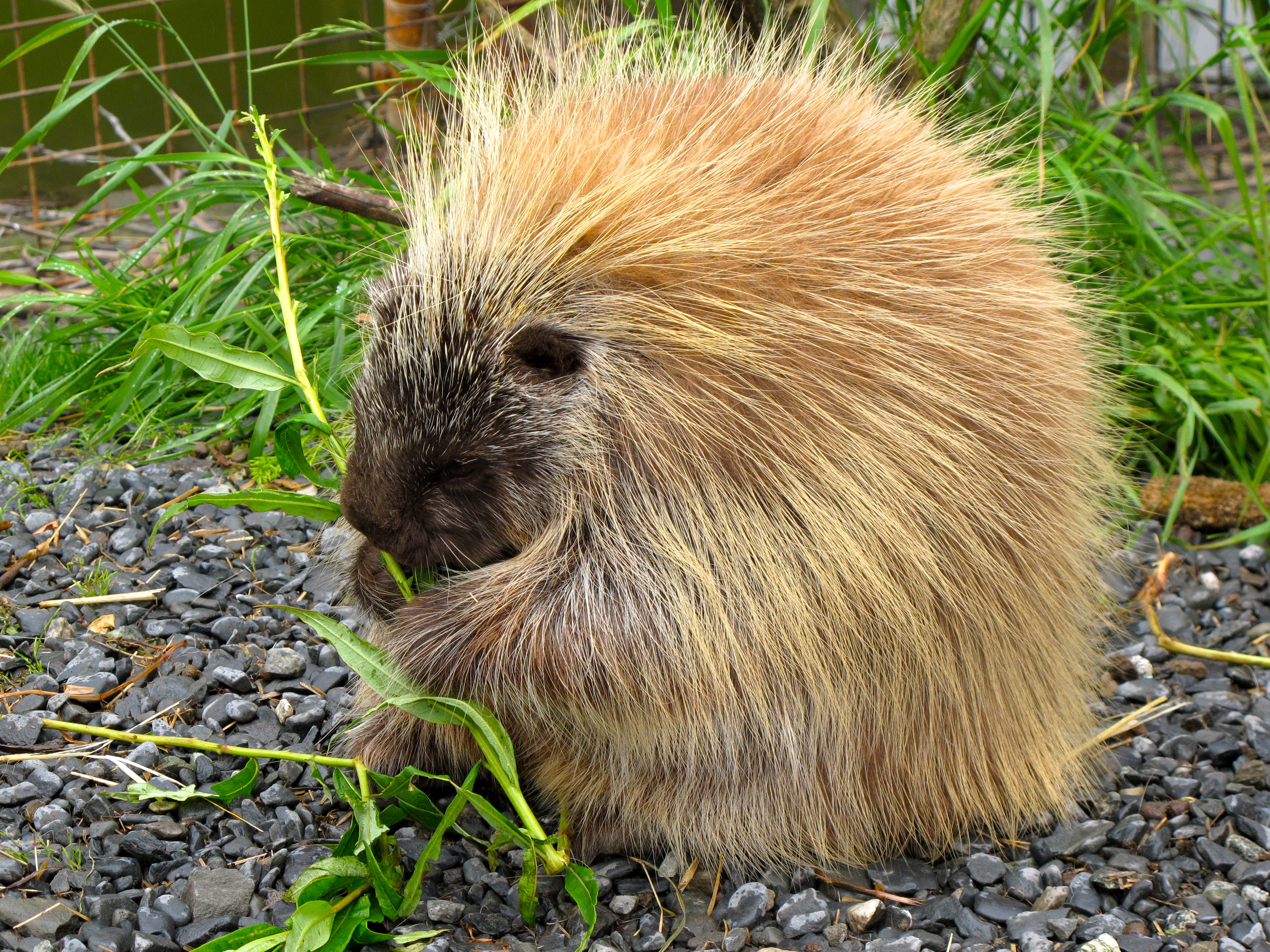
Adventurouspirits
Enlarge

Adventurouspirits
Enlarge

Adventurouspirits
Anchorage has a beautiful setting and long summer days. We spend three days in this city with new found friends, who we met while travelling along the Dalton Highway.
Enlarge
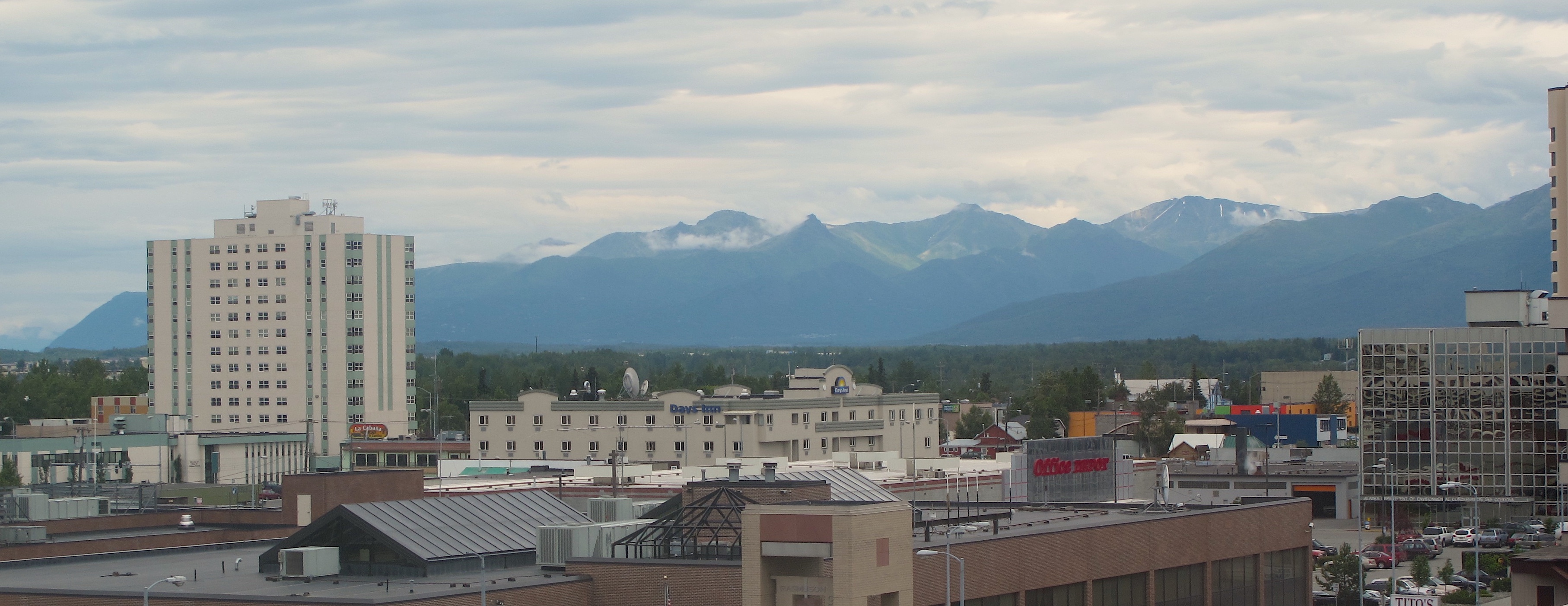
Adventurouspirits
Next stop is The port of Valdez, which lies on the shores of Prince William Sound , stunningly beautiful, now infamous due to the Exxon Valdez oil spill. We drive over the Thompson Pass to reach the city of Valdez. Where we meet a fellow overlander (Shaun travelling on a motorbike) who we get to know by travelling together for a few days.
Enlarge
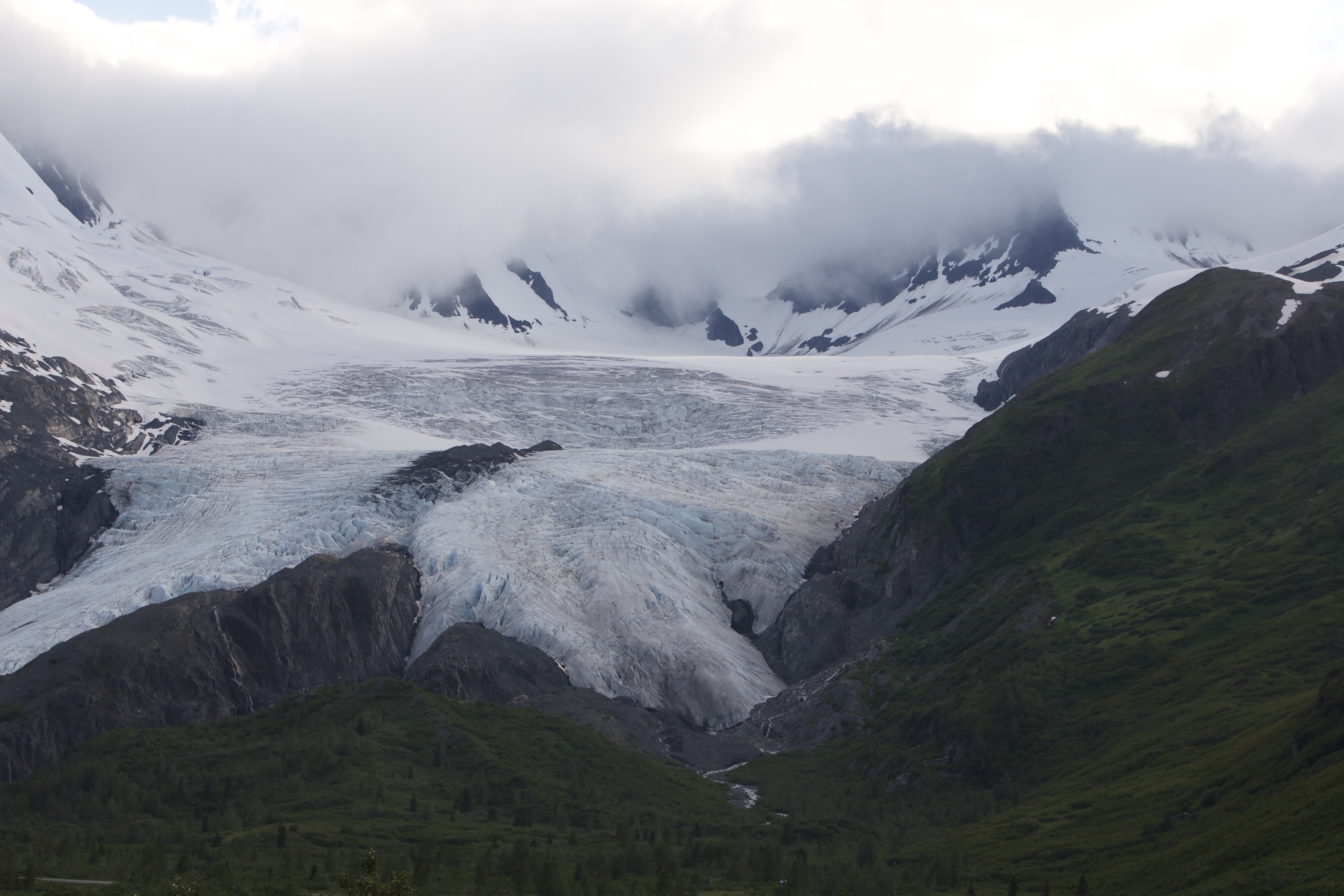
Adventurouspirits
Enlarge

Adventurouspirits
Enlarge

Adventurouspirits
The best way to explore Prince William Sound is by taking a boat tour.
Enlarge

Adventurouspirits
Enlarge
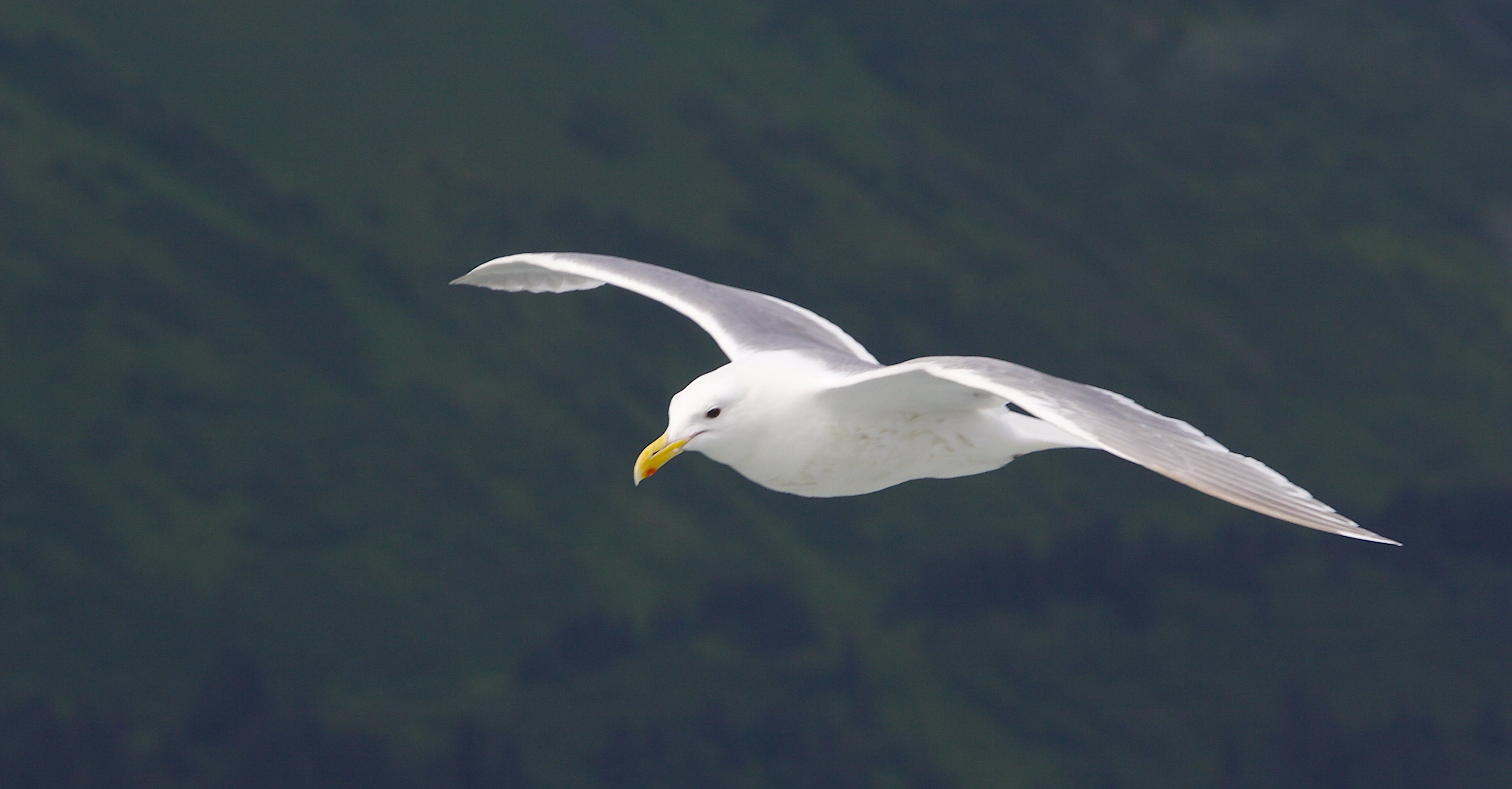
Adventurouspirits
Our destination is the Mears Glacier. On the way we get to see the abundant sea-life in Prince William Sound. It is an incredible nutrient rich life-giving natural eco-system.
Enlarge

Adventurouspirits
Enlarge
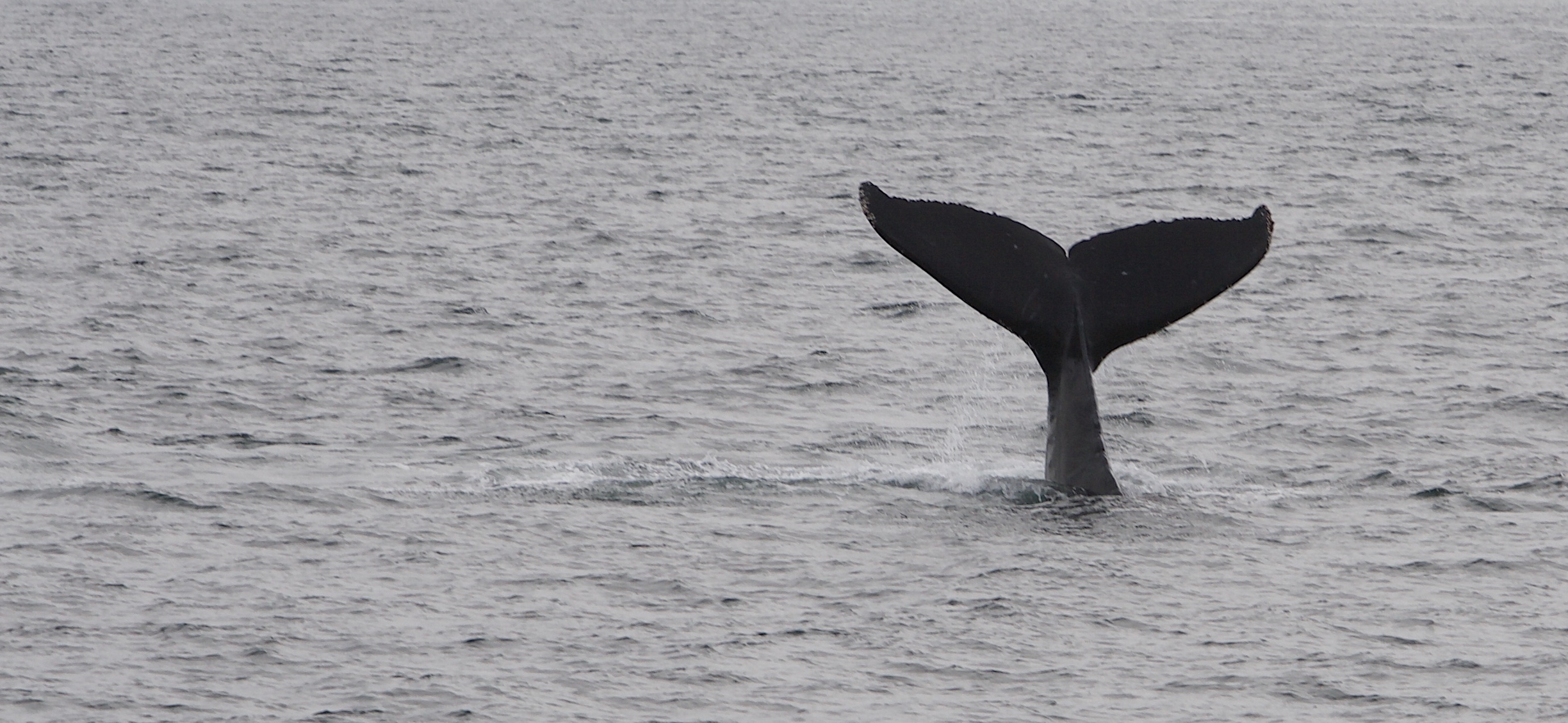
Adventurouspirits
Enlarge

Adventurouspirits
Enlarge

Adventurouspirits
Increasing density of ice floes indicate that we are approaching the calving Mears glacier.
Enlarge
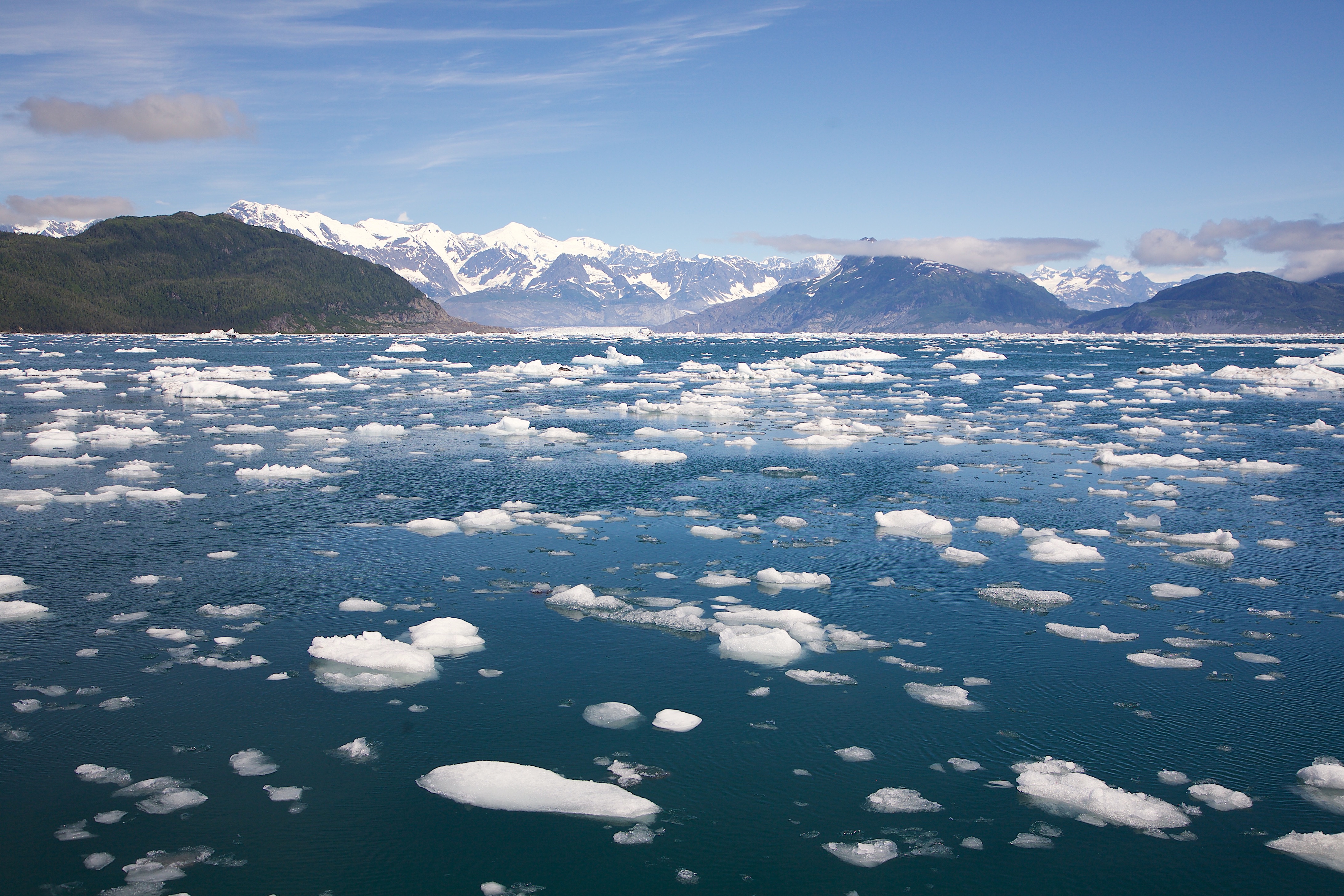
Adventurouspirits
Enlarge
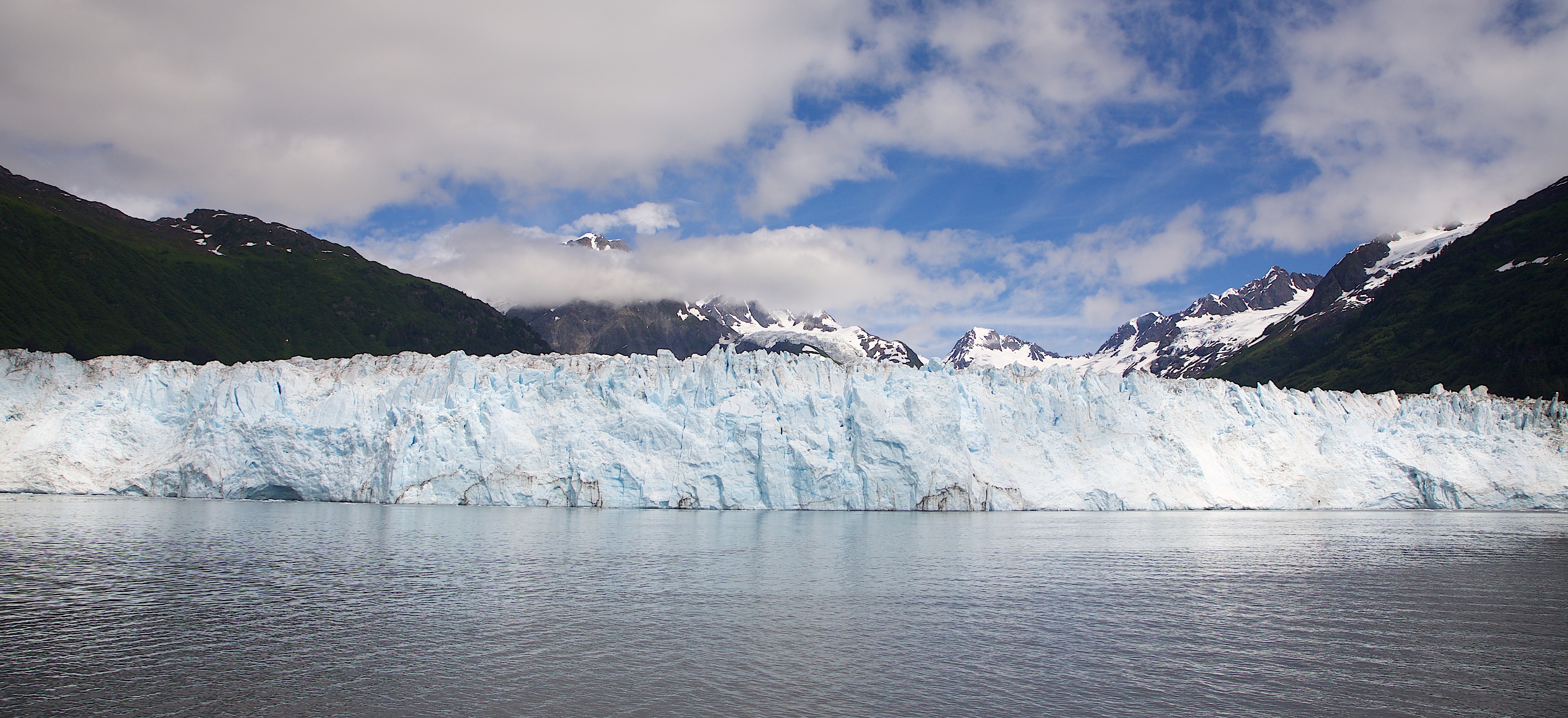
Adventurouspirits
Enlarge

Adventurouspirits
Even the salmon fisherman are having a bumper year.
Enlarge

Adventurouspirits
The port of Valdez is also the export terminal for Alaskan crude coming from Prudhoe Bay via the Alaska pipeline. I took the opportunity of visiting Prince William Sound to try to understand in depth, what went wrong when the Exxon Valdez spilled its load of crude into this pristine inlet. It’s a sad tale of carelessness, bureaucracy, finger pointing, avoiding blame and denial. Hopefully it will never happen again.
Enlarge

Adventurouspirits
Before leaving Alaska we headed for Skagway which became world famous during the Klondike gold rush. It is now a popular cruise destination and tourists of every shape, size and ethnicity overwhelm this tiny village each summer. To reach Skagway we had to catch a ferry from the port of Haines where we lucky enough to see a grizzly and her cubs close up but at a safe distance.
Enlarge

Adventurouspirits
Enlarge

Adventurouspirits
Enlarge

Adventurousprits
Enlarge

Adventurouspirits
Enlarge

Adventurousprits
Alaska is as beautiful, no maybe even more beautiful than the postcards. A definite must.
Enlarge

Adventurousprits
